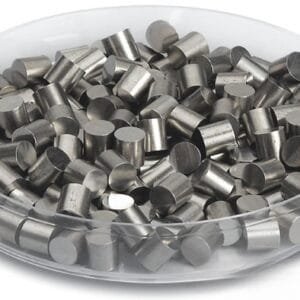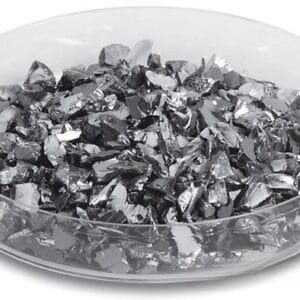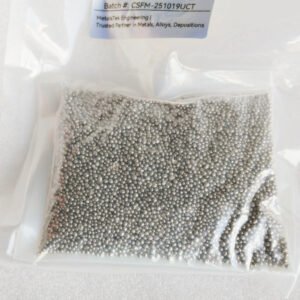Zinc Aluminum Evaporation Materials Overview
Zinc aluminum evaporation materials, produced by TFM, are specialized alloys combining zinc and aluminum designed for high-precision deposition processes. These materials are pivotal in achieving top-quality thin films due to their high purity levels. TFM excels in delivering evaporation materials with purity up to 99.9995%, thanks to rigorous quality assurance methods that ensure consistent product reliability.
Related Products: Zinc Evaporation Materials, Aluminum Evaporation Materials
Applications of Zinc Aluminum Evaporation Materials
Zinc aluminum evaporation materials are utilized in several key areas, including:
- Deposition Processes: Essential in semiconductor fabrication, chemical vapor deposition (CVD), and physical vapor deposition (PVD) for creating high-quality thin films.
- Optical Applications: Employed in protective coatings, decorative finishes, and display technologies to enhance durability and appearance.
Packaging and Handling
Our zinc aluminum evaporation materials are meticulously packaged with clear labeling for easy identification and quality control. We prioritize protection during storage and transit to prevent any potential damage.
Contact Us
TFM stands out as a premier provider of high-purity zinc aluminum evaporation materials. We offer these materials in various forms, including tablets, granules, rods, and wires. Custom sizes and configurations are available upon request. Additionally, we supply evaporation sources, boats, filaments, crucibles, heaters, and e-beam crucible liners. For the latest prices or inquiries about products not listed, please reach out to us directly.


 MSDS File
MSDS File



Reviews
There are no reviews yet.